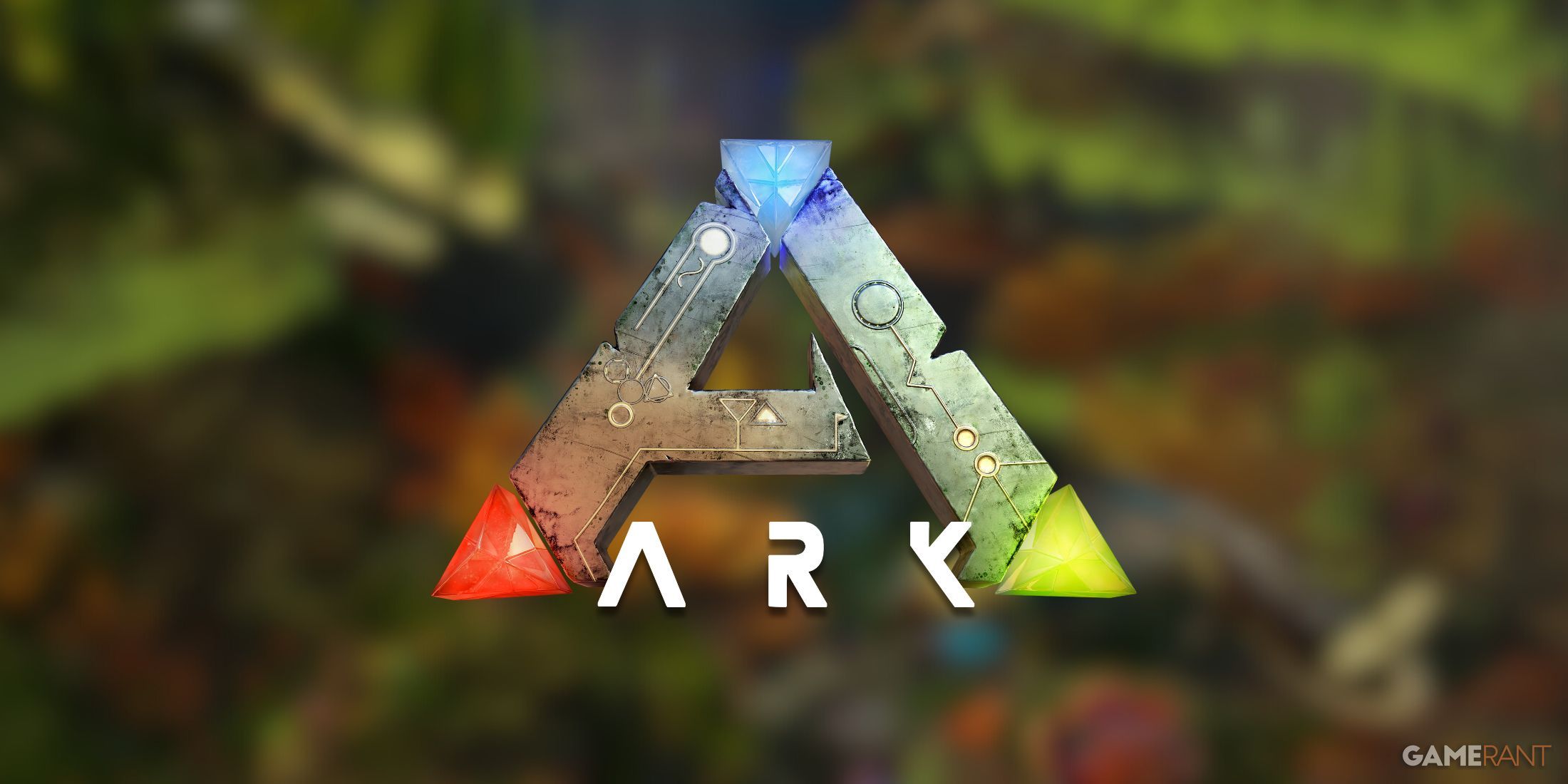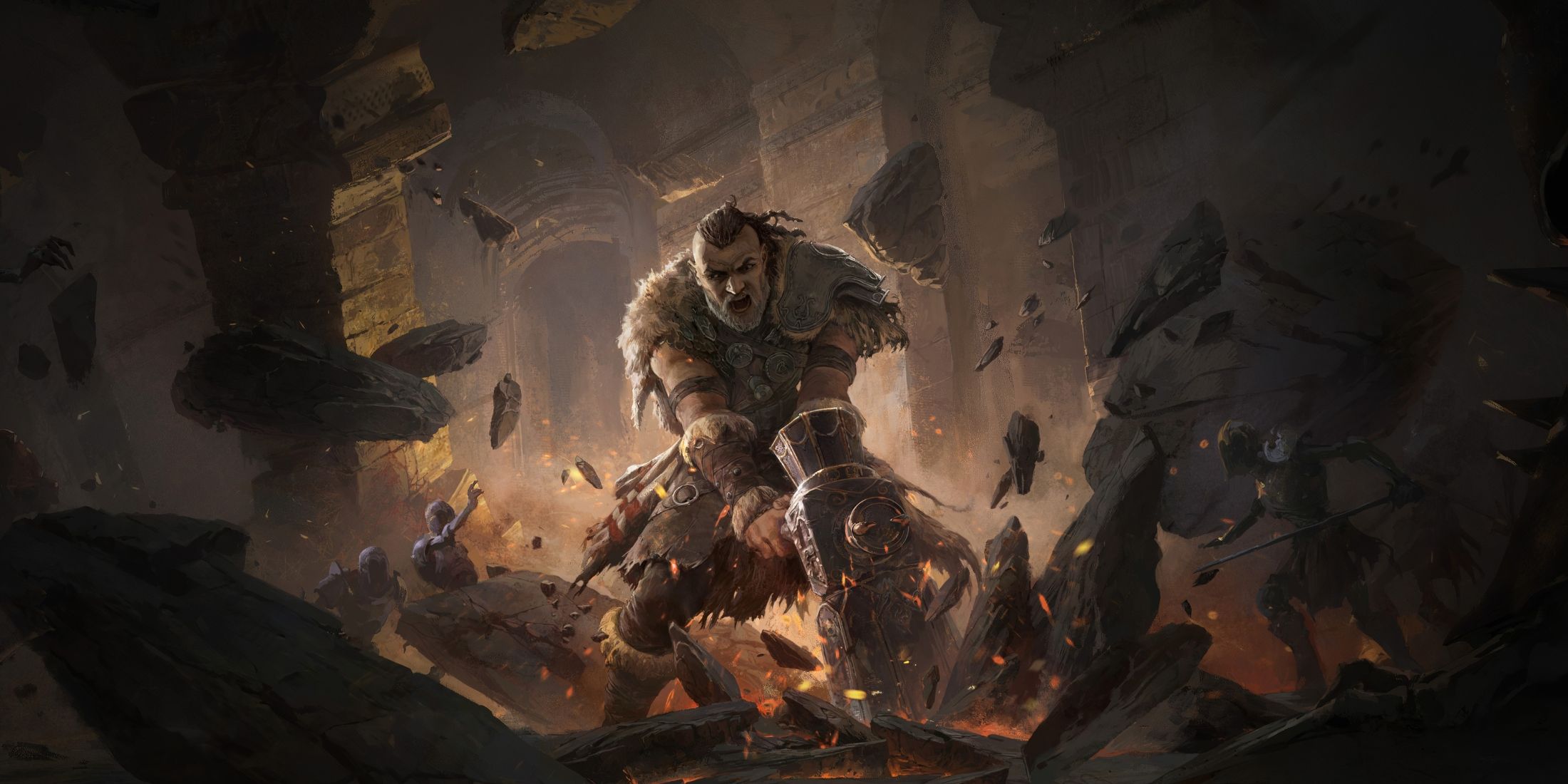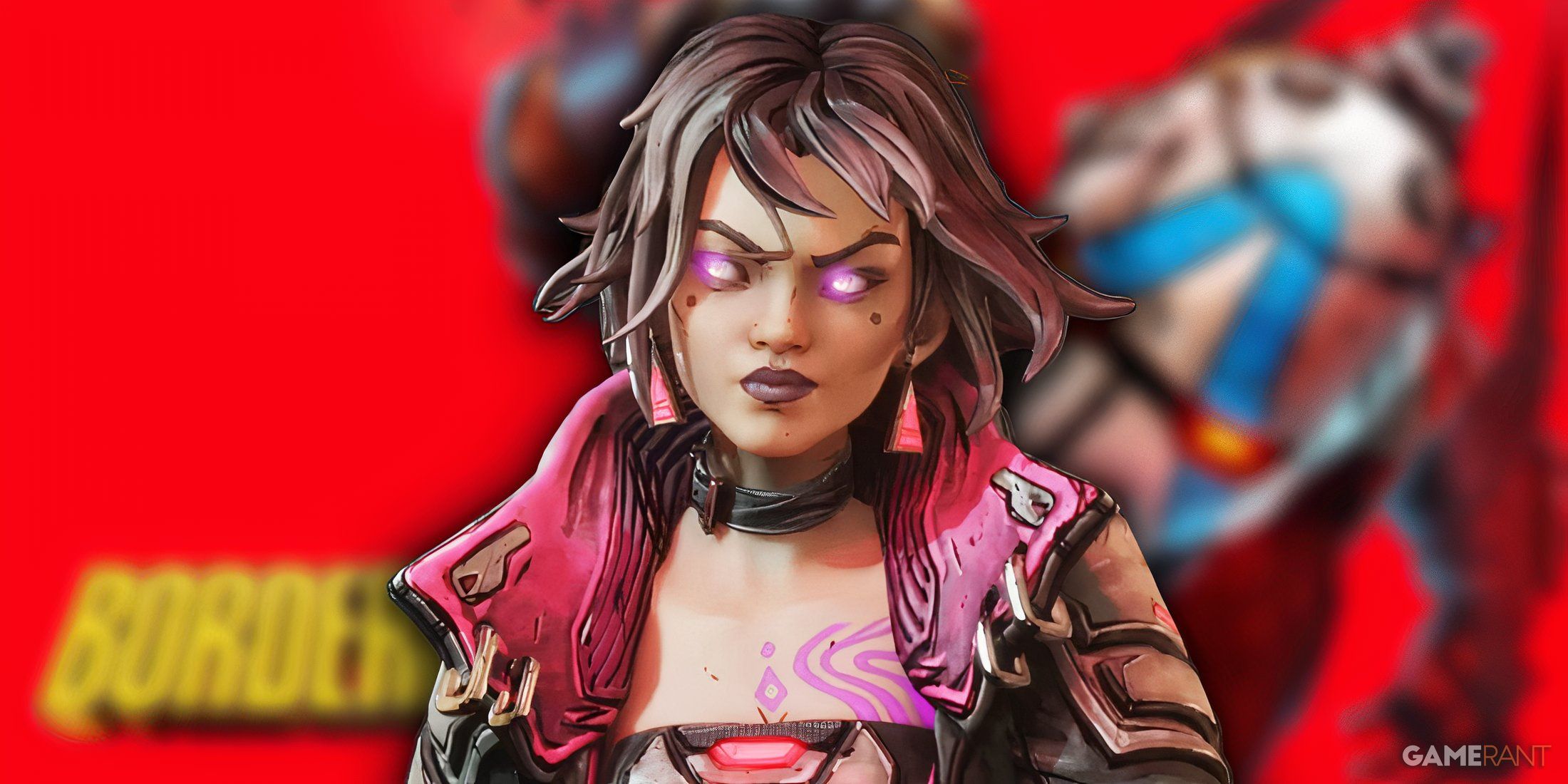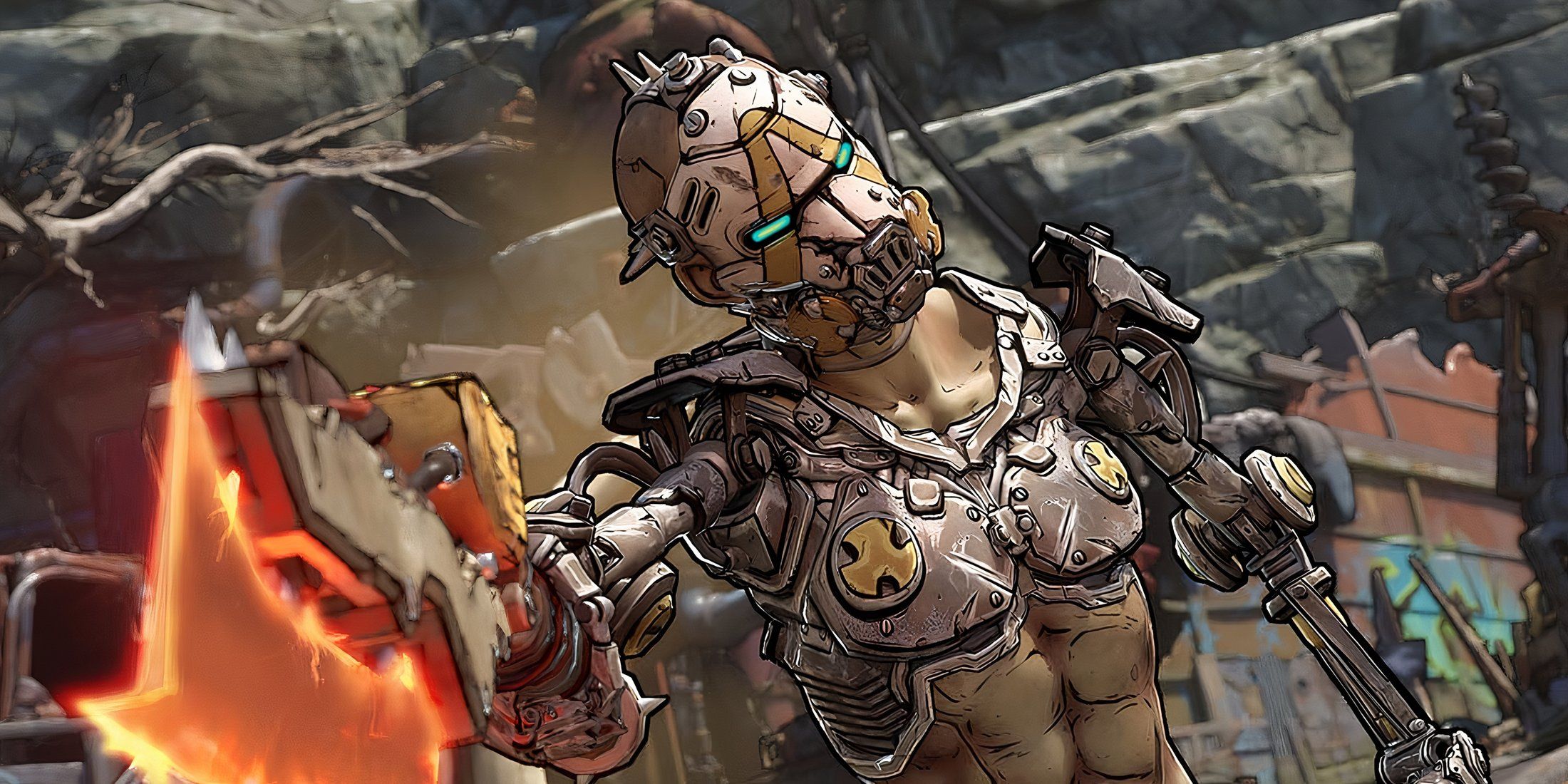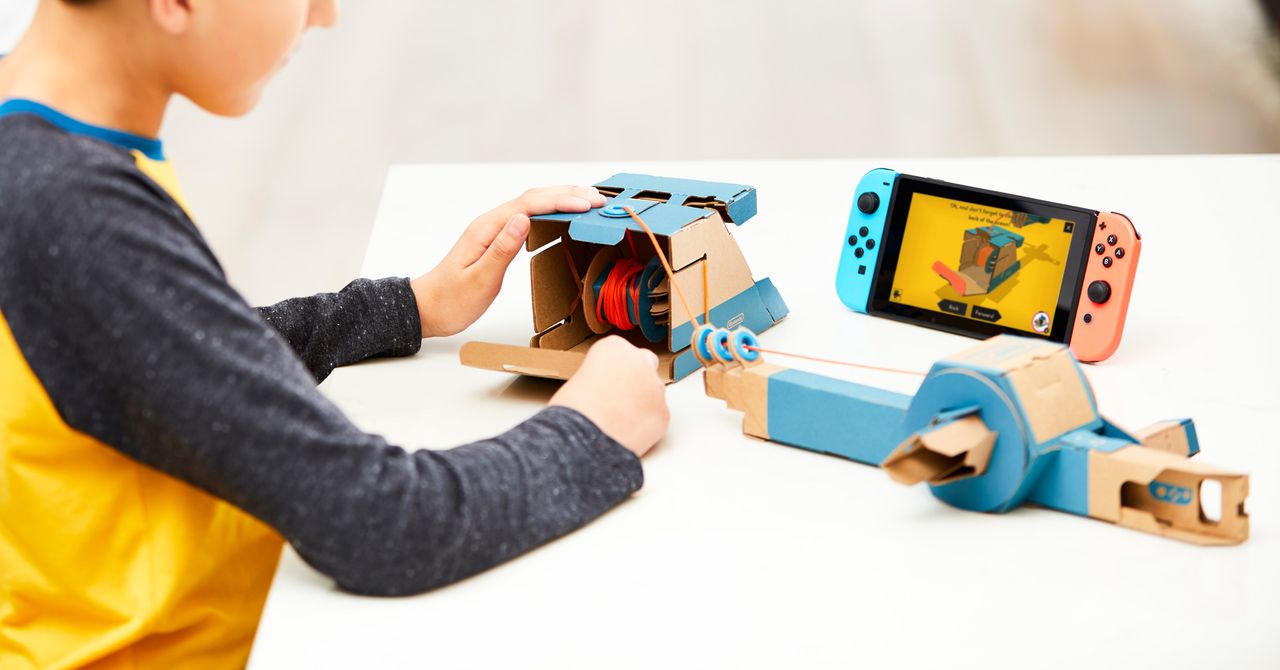
Once again, Nintendo has done the impossible. Going into 2018, the Nintendo Switch is on track to sell 20 million units in its first year. That means it has already outsold Nintendo’s 4-year-old Wii U and is the fastest-selling U.S. console ever, taking the honors from Nintendo's Wii console a decade ago. With Switch, Nintendo is back on its game and eyeing a return to its glory days.
In the last 20 years, Nintendo has fallen on its face as often as it’s succeeded.
But the Japanese game maker has a history of starting strong and fumbling. In the last 20 years, Nintendo has fallen on its face as often as it’s succeeded, and as someone who started his career writing about the company on fledgling fansites some 18 years ago, it’s a frustrating soap opera to watch. For every hit console like the Wii or the Switch, there was a dud like the Wii U or the GameCube.
In mid-January, Nintendo President Tatsumi Kimishima said in an interview with Mainichi that the “second year is crucial” for Switch if it’s going to survive in the long term. He’s right. But what does Nintendo need to do if it wants to hit the gas and not coast for another year? Here are some ideas.
1. Encourage Cardboard CreativityNintendo Labo was the perfect surprise to kick off 2018 and shows Nintendo is returning to the strategy of finding new players and creating experiences everyone can enjoy, even if they aren’t hardcore gamers.
That strategy helped it sell more than 250 million Wii consoles and Nintendo DS handhelds in the mid 2000s—championed by titles like Wii Sports, Wii Fit, and Brain Age, which all eschewed gaming norms like shooting and jumping to reach out to new players who may not play video games much at all.
With a focus on building contraptions from cardboard and string, Nintendo Labo is that kind of game, and has the potential to go viral in a big way by putting a focus on creativity. Labo comes in kits, letting kids and adults fold and snap different objects together. So far, there are two of these kits. One comes with a house, two RC cars, a fishing rod, a motorbike, and a piano. The other lets you build a cardboard “robot” exo-suit of sorts that you can wear. Building these DIY accessories looks a lot like snapping together a Lego set, albeit with a little more cardboard folding and string cutting, but the magic comes when you’re done.
Each creation has slots for the Switch touchscreen or one of the little Joy-Con motion controllers. After you build them, you play Wii-like motion games on them. The piano makes sound when you hit each key, and the cardboard robot suit lets you walk around and smash virtual objects with your real arms and legs.

